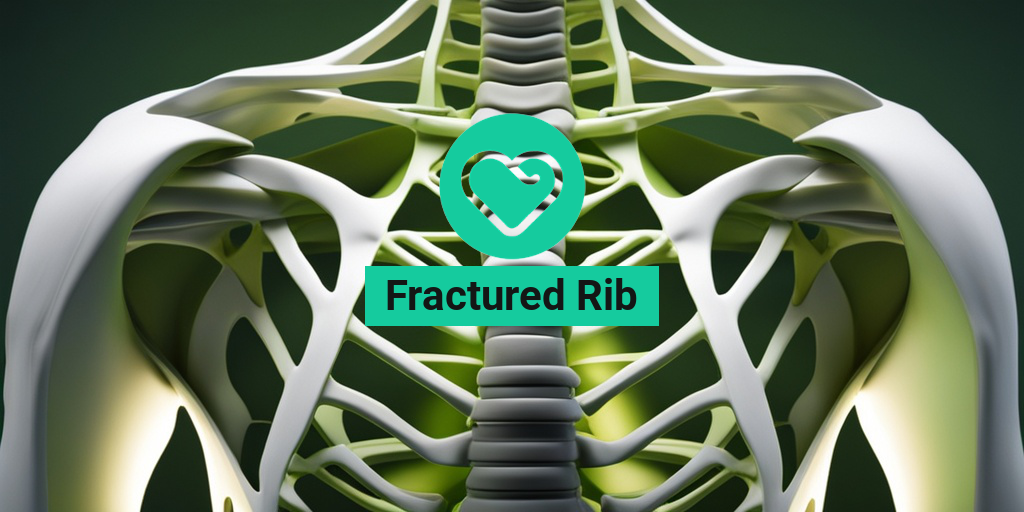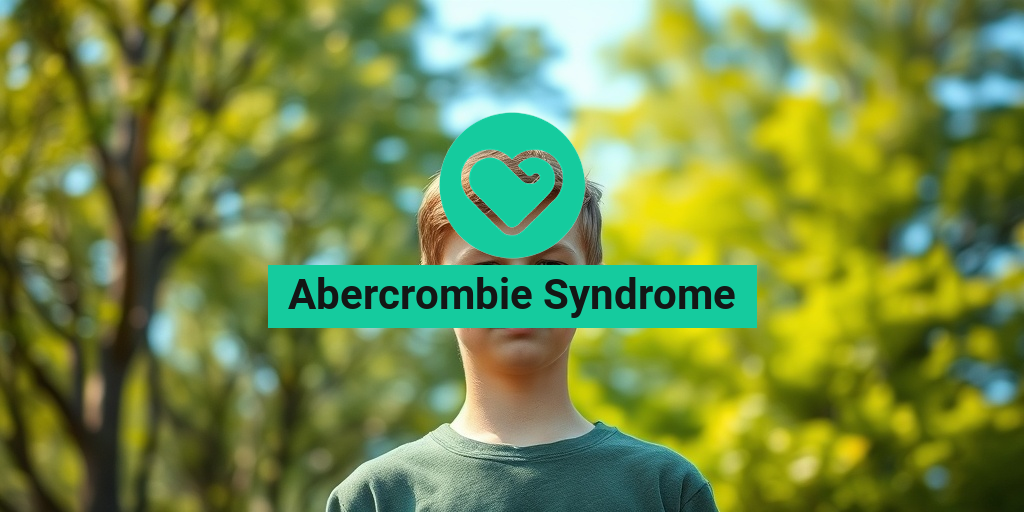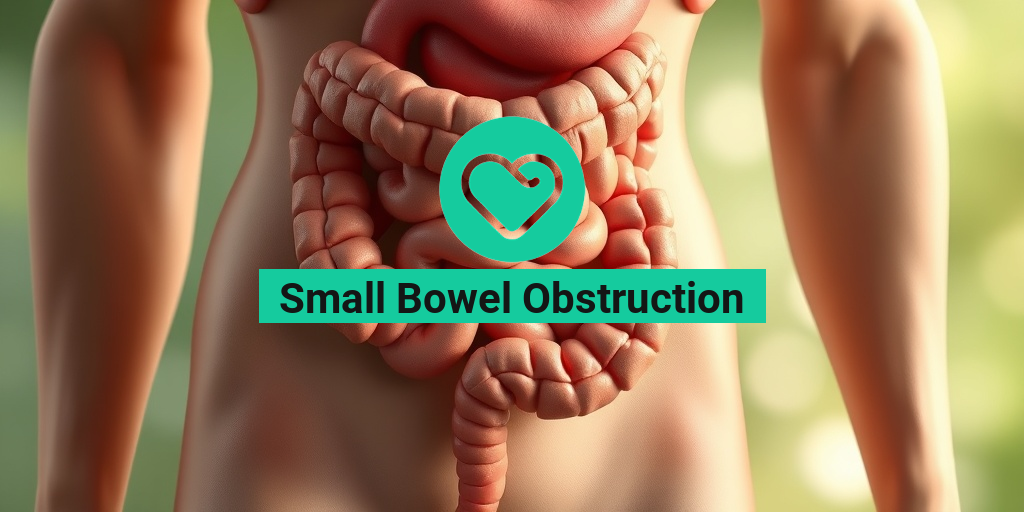“`html
What Is a Fractured Rib?
A fractured rib occurs when one of the bones in the rib cage breaks or cracks. This injury is often the result of trauma, such as a fall, a car accident, or a sports-related incident. However, it can also occur due to repetitive stress or even severe coughing, leading to what is known as a fractured rib from coughing. The rib cage plays a crucial role in protecting vital organs, including the heart and lungs, making rib injuries particularly concerning.
Types of Rib Fractures
Rib fractures can be classified into several types:
- Simple Fracture: A clean break in the rib without any displacement.
- Compound Fracture: The broken rib pierces through the skin, posing a higher risk of infection.
- Stress Fracture: A hairline crack that develops over time due to repetitive stress, often seen in athletes.
Causes of Fractured Ribs
Common causes of fractured ribs include:
- Direct impact from accidents or falls
- Sports injuries, particularly in contact sports
- Severe coughing or sneezing, which can strain the rib cage
- Bone diseases, such as osteoporosis, which weaken bones
Fractured Rib Symptoms
Recognizing the symptoms of a fractured rib is essential for timely treatment. The most common symptoms include:
1. Pain
The most prominent symptom of a fractured rib is pain, which can be sharp and intense. This pain often worsens with movement, deep breathing, coughing, or laughing. Many individuals describe the pain as a stabbing sensation in the chest area.
2. Swelling and Bruising
In some cases, you may notice swelling or bruising around the site of the injury. This can be a clear indicator of trauma to the area, although not all rib fractures will present with visible bruising.
3. Difficulty Breathing
Due to the pain associated with a fractured rib, individuals may experience difficulty taking deep breaths. This can lead to shallow breathing, which is not ideal as it can increase the risk of lung complications, such as pneumonia.
4. Tenderness
The area around the fractured rib may be tender to the touch. Pressing on the rib cage can elicit pain, making it uncomfortable to engage in normal activities.
5. Crepitus
In some cases, you may hear or feel a crackling sensation (crepitus) when moving the rib cage. This can occur if the fractured ends of the rib are rubbing against each other.
When to Seek Medical Attention
If you suspect you have a fractured rib, it’s crucial to seek medical attention, especially if you experience:
- Severe pain that does not improve with rest
- Difficulty breathing or shortness of breath
- Signs of infection, such as fever or chills
Medical professionals may use imaging techniques, such as a fractured rib x-ray, to confirm the diagnosis and assess the severity of the injury.
Conclusion
A fractured rib can be a painful and debilitating injury, but understanding its symptoms and seeking timely treatment can significantly aid in recovery. If you’re looking for more information on health-related topics, consider visiting Yesil Health AI for evidence-based answers to your health questions. Remember, taking care of your health is paramount, and being informed is the first step! 🌟
“`
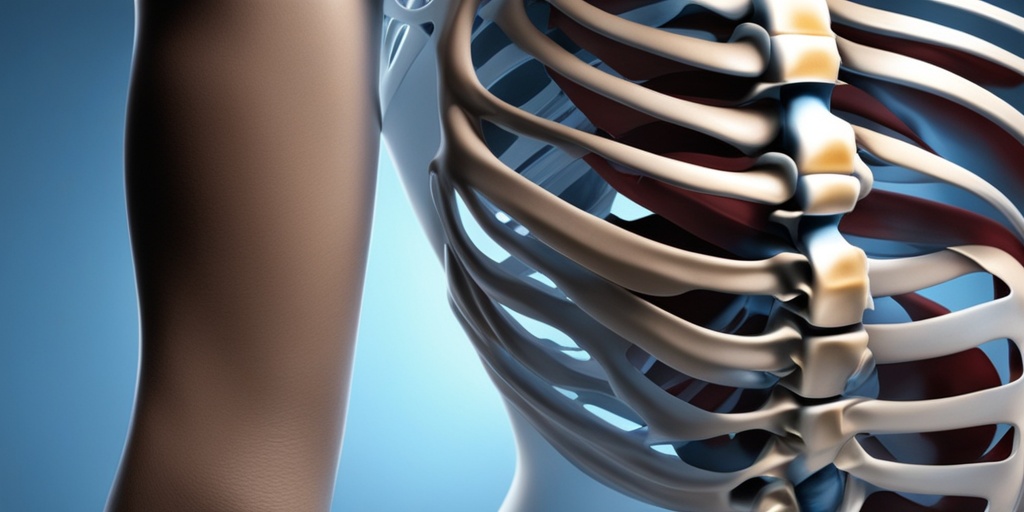
“`html
Causes of Fractured Ribs
A fractured rib, also known as a broken rib, can occur due to various reasons. Understanding the causes is essential for prevention and timely treatment. Here are some common causes of fractured ribs:
Trauma or Injury
The most prevalent cause of a fractured rib is trauma. This can happen due to:
- Sports Injuries: Contact sports like football, rugby, or hockey often lead to rib fractures due to collisions or falls.
- Accidents: Car accidents or falls from heights can exert significant force on the ribcage, resulting in fractures.
- Physical Assault: Blunt force trauma from physical altercations can also lead to broken ribs.
Coughing or Sneezing
Believe it or not, a severe bout of coughing or sneezing can lead to a fractured rib, especially in individuals with weakened bones. This is often referred to as a fractured rib from coughing. Chronic conditions like bronchitis or severe respiratory infections can exacerbate this risk.
Osteoporosis
Osteoporosis is a condition that weakens bones, making them more susceptible to fractures. Individuals with osteoporosis may experience rib fractures even with minimal trauma, such as bending over or lifting light objects.
Bone Cancer or Tumors
In some cases, underlying conditions like bone cancer can weaken the rib structure, leading to fractures. Tumors can compromise the integrity of the bone, making it more prone to breaking.
Stress Fractures
Rib stress fractures can occur due to repetitive activities or overuse, particularly in athletes. This type of fracture is often subtle and may not be immediately apparent, leading to ongoing pain and discomfort.
Risk Factors for Rib Fractures
While anyone can suffer from a fractured rib, certain risk factors can increase the likelihood of this injury. Understanding these factors can help in taking preventive measures.
Age
As we age, our bones naturally become weaker and more brittle. Older adults are at a higher risk for rib fractures, particularly if they have conditions like osteoporosis. This demographic should be particularly cautious during physical activities.
Gender
Women are generally at a higher risk for osteoporosis, especially post-menopause, making them more susceptible to rib fractures. Hormonal changes can significantly impact bone density.
High-Impact Sports
Engaging in high-impact sports increases the risk of rib fractures. Athletes involved in sports that require physical contact or involve high-speed movements should take precautions to protect their ribcage.
Chronic Respiratory Conditions
Individuals with chronic respiratory issues, such as asthma or chronic obstructive pulmonary disease (COPD), may experience frequent coughing, which can lead to rib fractures over time. Managing these conditions effectively is crucial.
Bone Health
Maintaining good bone health is vital in preventing rib fractures. Factors such as poor nutrition, lack of physical activity, and certain medications can contribute to weakened bones. A diet rich in calcium and vitamin D, along with regular weight-bearing exercises, can help strengthen bones.
Previous Fractures
If you have a history of rib fractures or other bone injuries, you may be at a higher risk for future fractures. This is particularly true if the underlying cause of the previous fractures has not been addressed.
In conclusion, understanding the causes and risk factors associated with fractured ribs can empower individuals to take proactive steps in prevention and management. If you suspect a rib fracture, it’s essential to seek medical attention promptly to ensure proper treatment and recovery.
“`

“`html
Diagnosing a Fractured Rib
When it comes to diagnosing a fractured rib, the process typically begins with a thorough evaluation of the patient’s symptoms and medical history. Rib fractures can occur due to various reasons, including trauma from accidents, falls, or even intense coughing. Understanding the signs and symptoms is crucial for timely diagnosis and treatment.
Common Symptoms of a Fractured Rib
Patients with a fractured rib often experience a range of symptoms, which may include:
- Sharp pain: This is usually localized to the area of the fracture and may worsen with movement, deep breathing, or coughing.
- Swelling or bruising: Visible swelling or discoloration around the rib cage can indicate injury.
- Difficulty breathing: Pain may lead to shallow breathing, which can increase the risk of complications like pneumonia.
- Crepitus: A grating sensation or sound when moving the rib cage may be felt or heard.
Diagnostic Imaging Techniques
To confirm a diagnosis of a fractured rib, healthcare providers often utilize imaging techniques. The most common methods include:
- X-rays: While X-rays are the first line of imaging, they may not always detect rib fractures, especially if they are hairline fractures.
- CT scans: A CT scan provides a more detailed view and is more effective in identifying complex rib fractures.
- Ultrasound: In some cases, ultrasound may be used to assess soft tissue injuries associated with rib fractures.
In addition to imaging, a physical examination is essential. The doctor may palpate the rib cage to identify areas of tenderness and assess the range of motion. If a fractured rib from coughing is suspected, the doctor will inquire about the frequency and intensity of the cough, as this can contribute to rib injuries.
Complications of Rib Fractures
While many rib fractures heal without significant issues, there are potential complications that can arise, making awareness of these risks essential for patients and caregivers.
Pneumothorax and Hemothorax
One of the most serious complications of a fractured rib is the risk of a pneumothorax (collapsed lung) or hemothorax (blood accumulation in the pleural cavity). These conditions can occur if a fractured rib punctures the lung or blood vessels. Symptoms may include:
- Sudden chest pain: This pain may be sharp and worsen with breathing.
- Shortness of breath: Difficulty breathing can indicate a serious complication.
- Rapid heart rate: An increased heart rate may occur as the body responds to decreased oxygen levels.
Infection
Another potential complication is infection, particularly if the fracture is associated with an open wound. Infections can lead to conditions such as pneumonia, especially if the patient is unable to take deep breaths due to pain. Symptoms of infection may include:
- Fever: A rise in body temperature can indicate an infection.
- Increased pain: Worsening pain at the fracture site may signal complications.
Chronic Pain and Disability
Some individuals may experience chronic pain following a rib fracture, which can impact their quality of life. This pain may persist long after the fracture has healed, leading to limitations in physical activity and daily tasks. In athletes, such as football players, the fractured ribs recovery time can significantly affect their performance and ability to return to the sport.
Delayed Healing
In certain cases, rib fractures may not heal properly, leading to delayed healing or nonunion. Factors that can contribute to this include:
- Age: Older adults may experience slower healing times.
- Underlying health conditions: Conditions such as osteoporosis can impede healing.
- Smoking: Tobacco use is known to negatively affect bone healing.
Understanding the potential complications of a fractured rib is crucial for effective management and recovery. If you suspect a rib fracture, seeking prompt medical attention can help mitigate these risks and ensure a smoother healing process. 🩺
“`
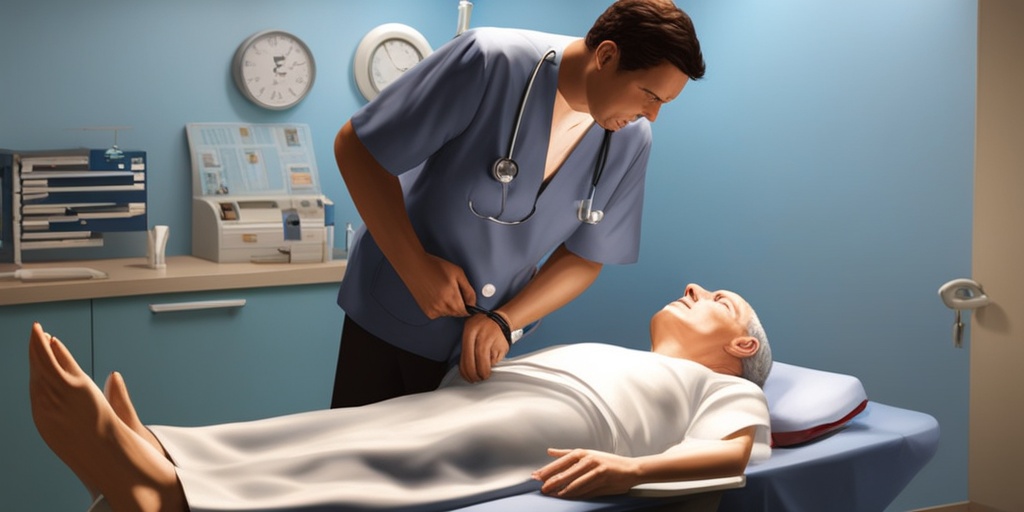
“`html
Fractured Rib Treatment Options
A fractured rib can be a painful and debilitating injury, often resulting from trauma, falls, or even severe coughing. Understanding the treatment options available is crucial for effective recovery. Here, we’ll explore various treatment methods that can help alleviate pain and promote healing.
Initial Assessment and Diagnosis
Before any treatment can begin, it’s essential to get a proper diagnosis. A healthcare professional will typically perform a physical examination and may order imaging tests such as an X-ray or a CT scan to confirm the presence of a fracture. This step is vital to rule out any complications, such as damage to surrounding organs.
Conservative Treatment Approaches
Most fractured ribs can be treated conservatively, meaning without surgery. Here are some common treatment options:
- Rest: Allowing your body to heal is crucial. Avoid activities that could exacerbate the injury.
- Pain Management: Over-the-counter pain relievers like ibuprofen or acetaminophen can help manage discomfort. In some cases, a doctor may prescribe stronger pain medications.
- Ice Therapy: Applying ice packs to the affected area can reduce swelling and numb the pain. Aim for 20 minutes at a time, several times a day.
- Breathing Exercises: Deep breathing exercises can help prevent lung complications, such as pneumonia, which can occur due to shallow breathing from pain.
Physical Therapy
Once the initial pain subsides, physical therapy may be recommended. A physical therapist can guide you through exercises that strengthen the muscles around the rib cage and improve flexibility. This can aid in a quicker recovery and help prevent future injuries.
Surgical Options
In rare cases, surgery may be necessary, especially if the fractured rib has caused significant complications, such as a punctured lung or if the fracture is unstable. Surgical options may include:
- Rib Fixation: Involves using plates or screws to stabilize the fractured rib.
- Thoracotomy: A more invasive procedure that may be required to repair internal injuries.
Recovery and Rehabilitation Tips
Recovering from a fractured rib can take time, typically ranging from 6 to 8 weeks, depending on the severity of the injury. Here are some tips to help you navigate the recovery process effectively:
Follow Medical Advice
Always adhere to the treatment plan provided by your healthcare provider. Regular follow-ups may be necessary to monitor your healing progress.
Gradual Return to Activities
As you start to feel better, gradually reintroduce activities. Listen to your body and avoid any movements that cause pain. Engaging in light activities, such as walking, can promote circulation and healing.
Nutrition and Hydration
Maintaining a balanced diet rich in vitamins and minerals is essential for recovery. Foods high in calcium and vitamin D, such as dairy products, leafy greens, and fish, can support bone healing. Staying hydrated is equally important, as it helps your body function optimally during recovery.
Managing Pain and Discomfort
Continue to manage pain effectively with prescribed medications or over-the-counter options. If pain persists or worsens, consult your healthcare provider for further evaluation.
Emotional Support
Injuries can take a toll on mental health. Don’t hesitate to seek support from friends, family, or mental health professionals if you’re feeling overwhelmed. Engaging in light social activities can also help lift your spirits during recovery.
Monitor for Complications
Be vigilant for any signs of complications, such as difficulty breathing, increased pain, or fever. If you experience any of these symptoms, contact your healthcare provider immediately.
In conclusion, while a fractured rib can be a challenging injury, understanding your treatment options and following a structured recovery plan can lead to a successful healing process. Remember, patience is key, and with the right care, you’ll be back to your normal activities in no time! 💪
“`

“`html
Frequently Asked Questions about Fractured Ribs
What are the common symptoms of a fractured rib?
Common symptoms of a fractured rib include:
- Sharp pain in the chest area, especially when breathing or coughing
- Swelling or tenderness around the rib cage
- Difficulty breathing or shortness of breath
- Bruising on the skin over the rib area
How is a fractured rib diagnosed?
A fractured rib is typically diagnosed through:
- X-rays to visualize the rib cage
- CT scans for more detailed images if necessary
- Physical examination by a healthcare professional
What treatments are available for a fractured rib?
Treatment options for a fractured rib may include:
- Rest to allow the rib to heal
- Pain management with over-the-counter medications
- Ice therapy to reduce swelling
- Breathing exercises to prevent lung complications
How long does it take for a fractured rib to heal?
The healing time for a fractured rib can vary, but it generally takes:
- 6 to 8 weeks for most fractures to heal
- Longer for more severe fractures or complications
Can a fractured rib heal on its own?
Yes, most fractured ribs heal on their own with proper care and rest. However, it is essential to monitor for any complications.
What should I avoid if I have a fractured rib?
If you have a fractured rib, it is advisable to avoid:
- Heavy lifting or strenuous activities
- Deep breathing that causes pain
- Coughing without support, as it can worsen pain
When should I seek medical attention for a fractured rib?
You should seek medical attention if you experience:
- Severe pain that does not improve
- Difficulty breathing or persistent shortness of breath
- Signs of infection, such as fever or increased swelling
Can coughing cause a fractured rib?
Yes, coughing can lead to a fractured rib, especially in individuals with weakened bones or pre-existing conditions.
What is the ICD-10 code for a fractured rib?
The ICD-10 code for a fractured rib is S22.3, which is used for medical billing and documentation.
Is there a difference between a fractured rib and fractured rib cartilage?
Yes, a fractured rib refers to a break in the bone, while fractured rib cartilage involves damage to the cartilage connecting the ribs to the sternum. Both can cause similar symptoms but may require different treatment approaches.
“`

